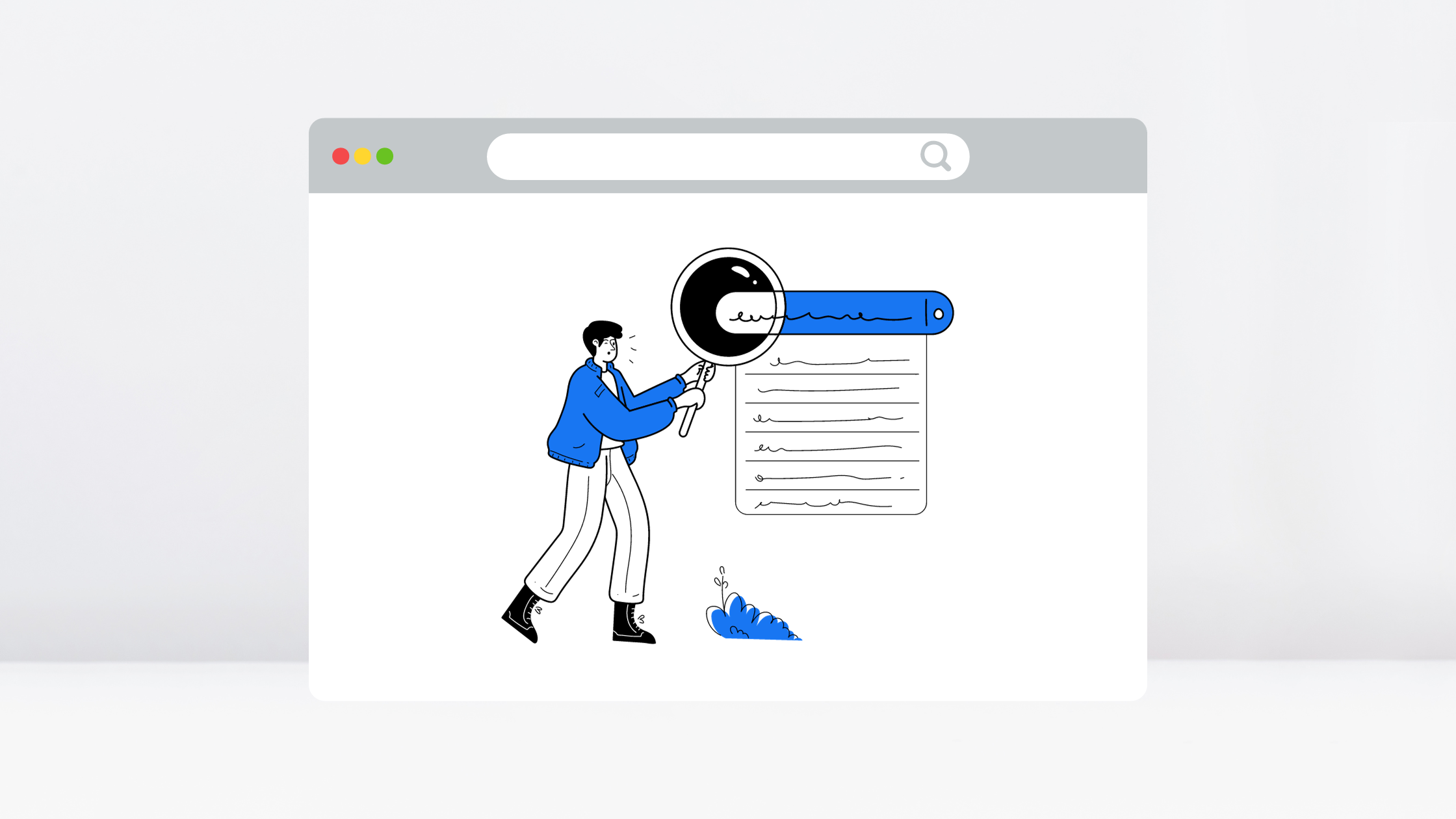Research and refine your messaging for real people searching for your solution.
Imagine yourself young and beautiful, headed in a cab down 32nd street to a party. You’re intelligent, hilarious, and successful, so your confidence runs high. Social chatting never makes you nervous. You’re sure to be the center of attention.
But when the elevator doors open, the party looks like a scene from Gatsby. The room is full of people just as attractive, funny, and successful as you are, and despite your best efforts, you struggle to earn the attention of even a single guest all night.
Don’t feel too badly; it’s not you — it’s them. Okay, it might be you.
But what if you imagined yourself on your way to the same party with insider knowledge that the most charismatic person in the room is a doctor from Brooklyn who prides himself on his ability to recite lines from Happy Gilmore, and is most interested in a partner who eats more than salad when he takes them out to dinner. You’d know exactly how to build rapport by focusing on their interests.
In business, determining a target audience gives you the same advantage. You learn how to grab attention from the people who consistently like companies like yours by marketing to their unique triggers.
All business owners overestimate the demand for their products or services, and it’s almost universally true that they vastly underestimate the difficulty of gaining attention. When you remove yourself from your bias and consider what you’re actually trying to help people with, that becomes the core of your service or product.
Once you’ve narrowed down your central aim, you can begin building the audience that’s right for your online business or website by crafting a message, developing a strategy, and speaking directly to your customer. To piece together your target audience, just follow these five steps.
Step #1: Pin Down Your Target Market
The best place to start is by asking the who, when, how and why of your customers. Even if the answers seem obvious, it’s worth validating your answers with analytics later on.
- Basic demographics like gender, age, location, income, and education are the first place to start, while secondary information like hobbies, interests and goals can be equally helpful.
- Think about timing and when clients are probably searching for you, which is likely impacted by external factors like seasonality.
- Ask how customers are intended to find your business — The internet? Recommendations from friends? At home or on the move?
- Be firm in your understanding of why customers need you and why you stand out among all the other solutions for their needs.
With clear answers, you can begin aligning your messaging. For example, people older than 50 years old require a design with larger, higher contrast text in order to read without frustration. Instead of attempting multiple strategies, this enables you to prioritize a few at a time.
Step #2: Research Your Competitors
Your competitors have websites, social media feeds, and paid ads that are public for your review and consideration. Research how they message their products and services. Look at the demographics of the people that follow them on social channels and how followers engage through feedback.
When you’re on a competitor’s website, it might be helpful to ask the following questions:
- What’s the main value they offer?
- What are the best supports they offer for that value?
- Is the tone of the site mature or youthful?
- What are they asking their visitors to do on their site?
Perhaps your answers reveal that good value or price is the main focus on a competitor’s site or maybe it’s geography and region. How a company carves out a niche in their sea of businesses is what makes them successful, or not.
Step #3: Gather Customer Information and Research
Focus groups, surveys, and polls are one way that large businesses tend to gather information in order to create customer profiles and segments, but, often, businesses that have already launched use split testing to refine their understandings.
Split testing, also called A/B testing, is when a business targets identical audiences by showing two different versions of a landing page, web design, or section of copy in order to see which performs best.
If surveying is within budget or fits your purposes, you can choose to poll existing customers. Or you can purchase responses through a panel serve like SurveyMonkey Audience or Google Consumer Research. While this can cost hundreds to thousands of dollars, it can provide invaluable understanding about who the respondents are and the customer journey that brings them to your business.
Step #4: Allow Your Research to Change How You Do Business
The way you message copy, how you segment your email contacts, how you design using color and positioning should be fine tuned using the research about your target market.
Use your new information to also assess the ways in which you can best reach potential clients and foster connections with them. For example, determine which social channel is most likely to generate leads — LinkedIn, Facebook, Twitter, or YouTube.
Following all of your fact-finding, use the results to make specific choices:
- Is humor or straightforward language going to best connect to your market?
- Are your competitors ignoring product issues that you can step in and address?
- Is your website accessible to the population that is searching for you?
As you continue growing your business, keep these people at the center of all your decisions.
Step #5: Avoid Common Mistakes
Testing and evaluating your efforts using analytics is part of the process, and you may have to return to seasons of re-evaluation and A/B testing, but it’s most important to avoid certain rookie mistakes from the start.
Lose the jargon and industry lingo. What does “end-user perspective” mean, anyway?
If it’s too costly to hire a copywriter to write blog posts or Instagram captions, you can do it yourself by imagining yourself facing the client across a table over a cup of coffee. They’re human and respond to writing that speaks to them as such.
Another issue to keep in mind is the savvy consumer that can smell SEO keyword stuffing a mile away. Authenticity in your design and messaging simply means writing to help people solve problems rather than for a search engine.
Research is not the same thing as results, and while surveys and testing can refine your understanding, it can also lead you to lose sight of the original plan. A target market is just a person with tangible problems, and it’s your job to nail down who that is and invest in them for the long haul.
Have you struggled to reach the right customers? Not sure how to split test your active website to get optimized results? Connect with our experts at RLC Media to begin reaching your target market today.





